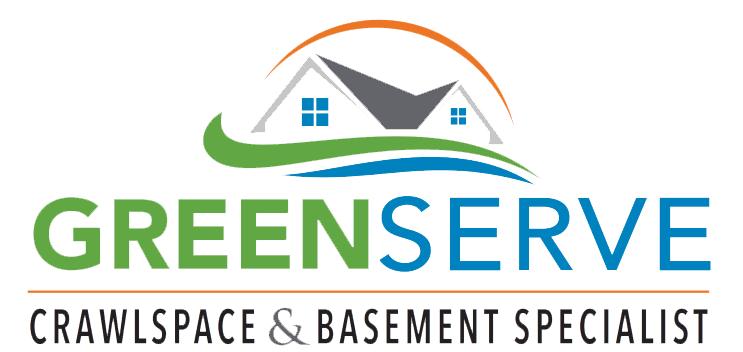Restoration Service
Information :
Address:
3800 Back Creek Church Rd
Charlotte, NC 28213
Get Contact :
- Email : info@greenserve.us
- Website : www.greenserve.us
Social Media :
Water Damage Restoration Service
Greenserve can provide our customers with water damage restoration services, which is the process of removing unwanted water, drying and cleaning the structure and/or contents, and returning the property to its pre-loss condition.
It is completed by our professional Greenserve technicians who are certified by NORMI to follow industry standards using the proper methods and tools. The following are some of the steps involved in water damage restoration:
- Damage Assessment: The first step in water damage restoration is to assess the extent of the damage. This involves inspecting the affected area and identifying the source of the water.
- Water Removal: The next step is to remove the water from the affected area. This can be done using pumps, vacuums, or other specialized equipment.
- Drying and Dehumidification: Once the water has been removed, the affected area needs to be dried and dehumidified to prevent mold growth and further damage. This can be done using air movers and dehumidifiers.
- Cleaning and Sanitizing: After the area has been dried, it needs to be cleaned and sanitized to prevent the growth of bacteria and other harmful microorganisms.
- Repairs and Reconstruction: In some cases, water damage may require repairs or reconstruction. This can include replacing damaged drywall, flooring, or other materials.
The cost of water damage restoration can vary depending on the extent of the damage and the services required. According to Bob Vila, water damage restoration typically costs between $1,305 and $5,707, with customers paying a national average cost of $3,455.
What are the Steps Involved in Water Damage Restoration?
The steps involved in water damage restoration can vary depending on the extent of the damage, but generally include the following:
- Immediate Safety Precautions: Safety is our NUMBER ONE concern when dealing with water damage. The first step is to ensure that the area is safe to enter. This may involve shutting off electricity or gas, wearing protective gear, and assessing any potential hazards.
- Inspection and Damage Assessment: The next step is to inspect the affected area and assess the extent of the damage. This includes identifying the source of the water and determining the category and classification of the water damage.
- Water Removal: The third step is to remove any standing water from the affected area. This can be done using pumps, vacuums, or other specialized equipment.
- Drying and Dehumidification: Once the water has been removed, the affected area needs to be dried and dehumidified to prevent mold growth and further damage. This can be done using air movers and dehumidifiers.
- Cleaning and Sanitizing: After the area has been dried, it needs to be cleaned and sanitized to prevent the growth of bacteria and other harmful microorganisms.
- Repairs and Reconstruction: In some cases, water damage may require repairs or reconstruction. This can include replacing damaged drywall, flooring, or other materials.
- Final Inspection: The last step is to conduct a final inspection to ensure that the area has been properly restored and is safe to use.
It is important to note that water damage restoration should be done by professional Greenserve technicians who are NORMI certified to follow industry standards using the proper methods and tools. The cost of water damage restoration can vary depending on the extent of the damage and the services required

